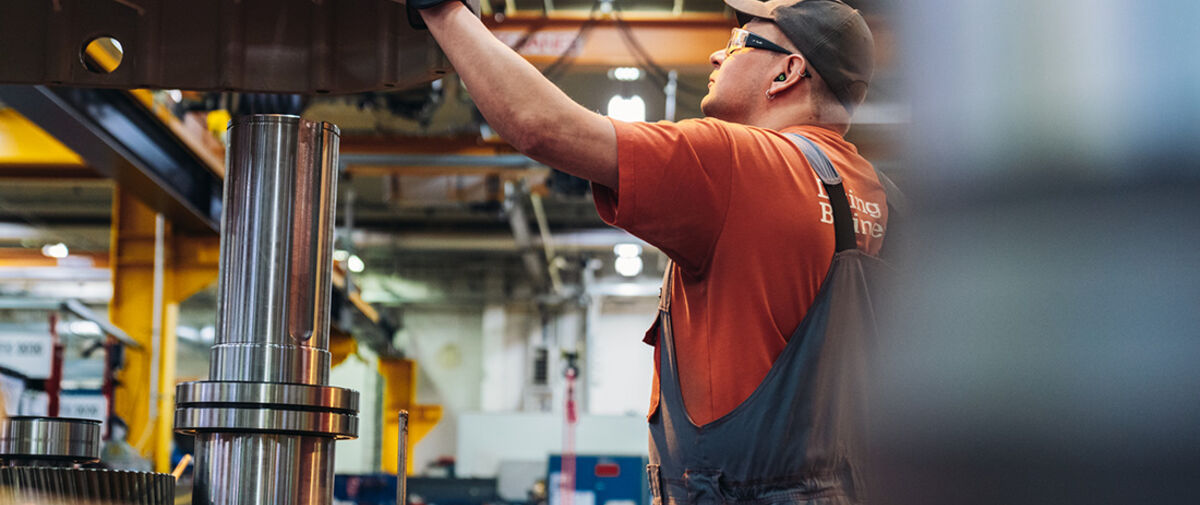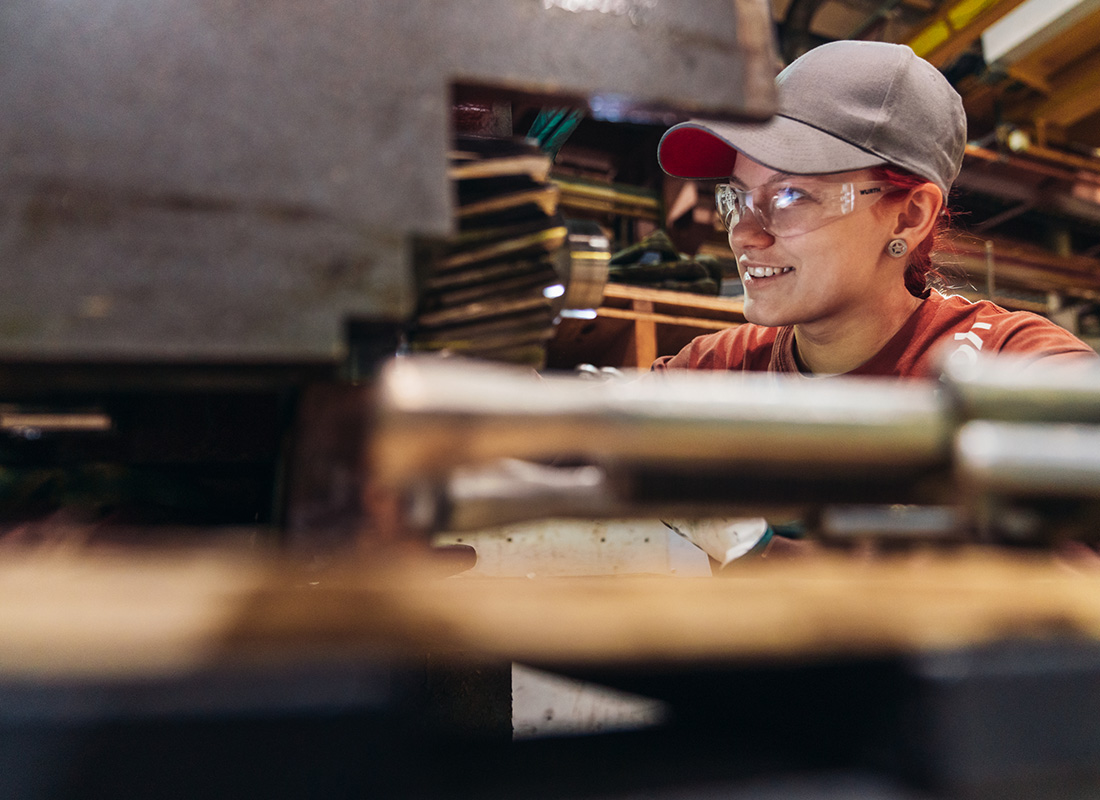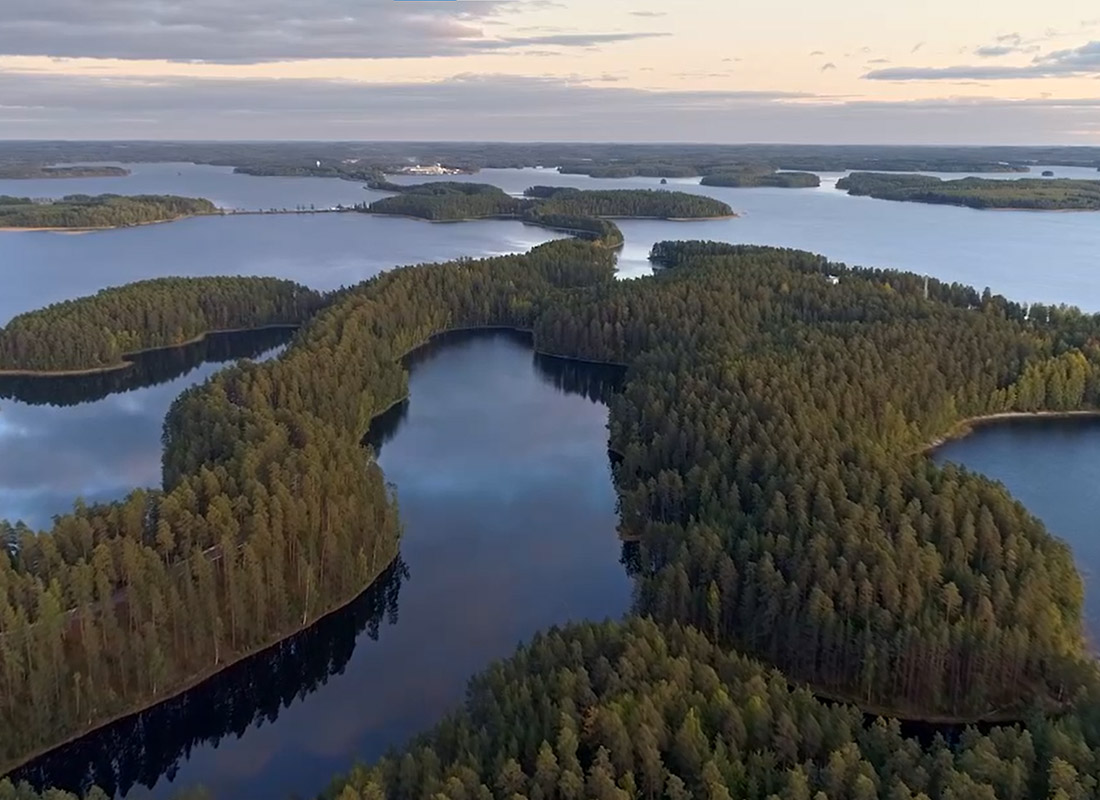Article
Decarbonizing hoist and crane production
At Konecranes, we are committed to environmental responsibility and always strive to minimize the impact of our operations and products.
Minimizing the overall environmental impact of our products means also looking at their manufacturing processes. So, what does Konecranes do there?
Crane’s lifecycle phase: Manufacturing
Manufacturing processes can affect the environment by using up raw materials, consuming energy, and creating waste. Our certified environmental management systems support us in continuously improving energy and material efficiency, mitigating environmental risks, and minimizing waste at our manufacturing plants. Konecranes has set ambitious Science-Based Targets to reduce greenhouse gas emissions from its own operations and from the value chain that are in line with the goal to limit global warming to 1.5 degrees Celsius.
Decarbonizing our hoist and crane production
Example of actions
We are working hard to decarbonize our hoist and crane production. One example of this is that by the end of 2022, all our factories will be powered by 100 percent renewable electricity.
Sustainability/industrial cranes
We strive to minimize the environmental impact of our products
We are committed to environmental responsibility. We help our customers to become more sustainable, supporting them with eco-efficient and low-carbon products and solutions, world-class engineering, and service. We strive to minimize the impact of our operations and products. By investing in our smart, connected, resource- and energy-efficient products, you can also significantly reduce your own environmental impact.
Click here to learn more about how we consider environment throughout the crane's lifecycle from product design to its end of life.


